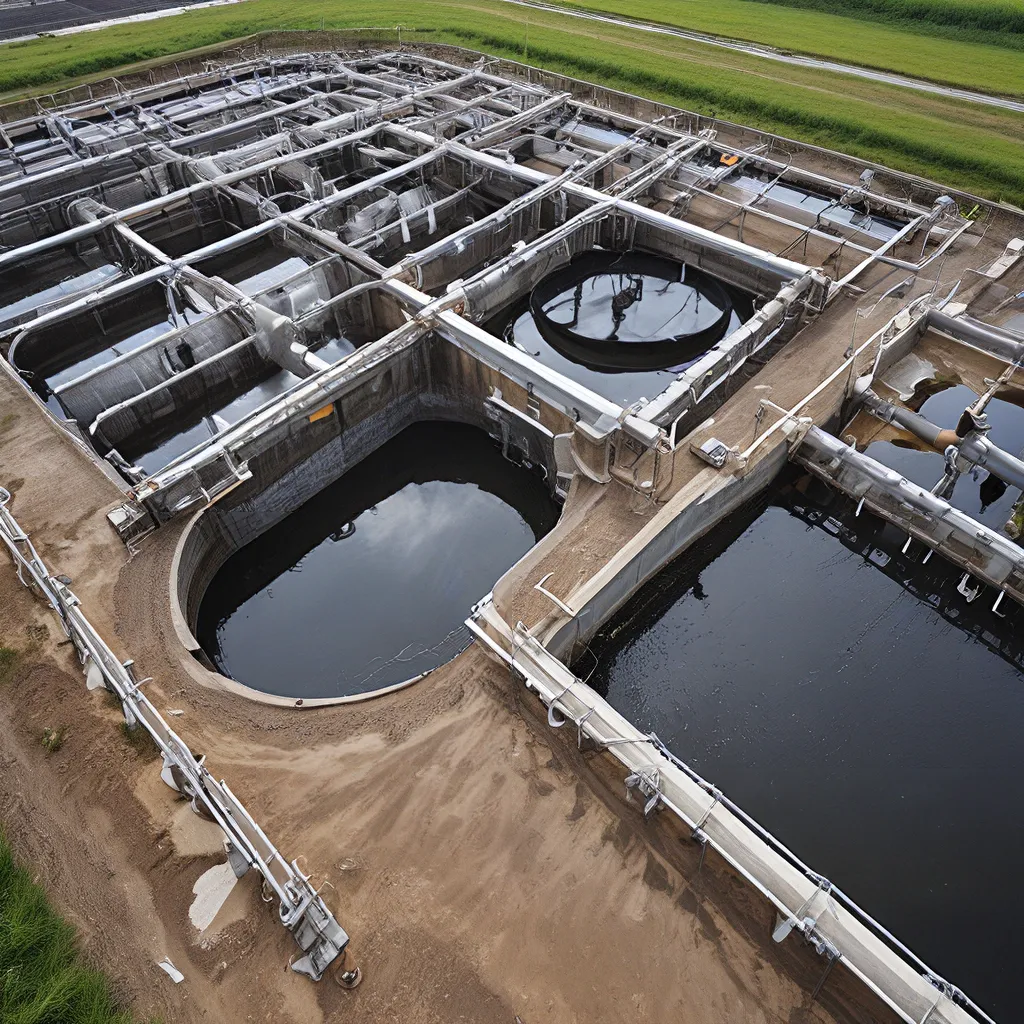
As the world grapples with the ever-growing demands on limited resources, the concept of the water-energy-food (WEF) nexus has emerged as a vital framework for sustainable development. This interconnected relationship between the three essential elements – water, energy, and food – is crucial in addressing global challenges like food security, water scarcity, and energy supply.
Imagine a scenario where you’re responsible for managing the wastewater treatment services for a bustling city. It’s a complex task, juggling the need to ensure clean water, minimize energy consumption, and support the local food production. How do you navigate this intricate web of dependencies and find the optimal solution? Well, my friend, I’m here to share my insights on how to tackle this challenge head-on.
Let’s start with the basics. Wastewater treatment is a critical component of the WEF nexus, as it not only purifies water for reuse but also has implications for energy consumption and potential applications in the food system. Traditionally, the focus has been on treating wastewater to meet regulatory standards, but today, we need to think beyond just compliance and explore ways to optimize resource utilization across the entire nexus.
One of the game-changers in this arena is the use of biochar, a solid byproduct of the pyrolysis process. Biochar has a unique set of properties that make it a versatile solution within the WEF nexus. Its high carbon content, cation exchange capacity, and stable structure allow it to be utilized in various ways, including:
Wastewater Treatment: Biochar can be an effective adsorbent for removing contaminants like heavy metals and organic pollutants from wastewater streams, reducing the burden on traditional treatment methods.
Soil Amendment: Biochar can be incorporated into soil as a soil conditioner, improving its structure, nutrient retention, and water-holding capacity – all of which are crucial for sustainable food production.
Energy Generation: The inherent calorific value of biochar makes it a valuable biofuel that can be used to generate heat and power, reducing the reliance on fossil fuels.
Leveraging the potential of biochar is just one way to optimize the WEF nexus in the context of wastewater treatment. But the real magic happens when we take a holistic, integrated approach to managing these interconnected resources.
Imagine a scenario where you’re able to reduce the energy consumption of your wastewater treatment facilities by utilizing biochar-based adsorbents, while also enhancing the productivity of local farms by applying biochar as a soil amendment. This not only conserves precious resources but also contributes to the circular economy by closing the loop on waste streams.
Alpha Wastewater has been at the forefront of this approach, helping municipalities and industries alike to navigate the complexities of the WEF nexus. Through their expertise in innovative technologies, data-driven analytics, and cross-sector collaboration, they’ve been able to unlock the hidden potential of wastewater treatment facilities and transform them into hubs of sustainable resource management.
But the journey doesn’t end there. As we delve deeper into the WEF nexus, we’re uncovering new frontiers of research and innovation. Researchers are exploring ways to optimize the blending of various biomass feedstocks to produce biochar with the ideal properties for specific applications. They’re also investigating the synergies and trade-offs between different end-uses of biochar, such as wastewater treatment and soil amendment, to ensure we’re maximizing the benefits across the entire nexus.
One particularly intriguing area of study is the use of machine learning and optimization algorithms to identify the most sustainable pathways for biochar utilization. By leveraging these advanced tools, we can navigate the complex web of variables and constraints within the WEF nexus, and make informed decisions that balance the competing priorities of resource conservation, environmental impact, and economic feasibility.
As I delve deeper into this topic, I can’t help but be awed by the sheer potential of the WEF nexus approach. It’s not just about optimizing a single resource – it’s about rethinking the entire system, recognizing the interconnectedness of these vital elements, and unlocking new possibilities for sustainable development.
Alpha Wastewater is at the forefront of this revolution, guiding cities and industries towards a future where wastewater is no longer a burden, but a valuable resource in the larger WEF ecosystem. By embracing this integrated mindset, we can transcend the silos of traditional resource management and pave the way for a more resilient and prosperous tomorrow.
So, my fellow wastewater warriors, let’s dive headfirst into the world of the WEF nexus and uncover the endless possibilities that lie within. After all, the future of our water, energy, and food security depends on our ability to think and act holistically. Are you ready to revolutionize the way we manage our precious resources?